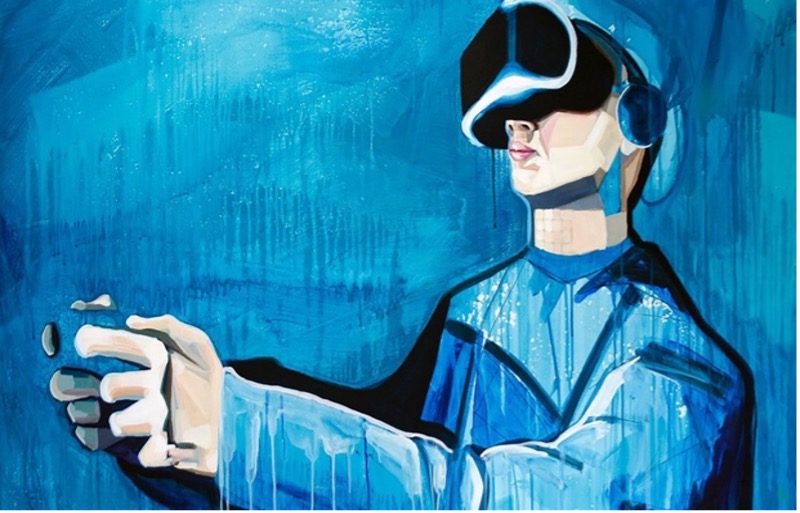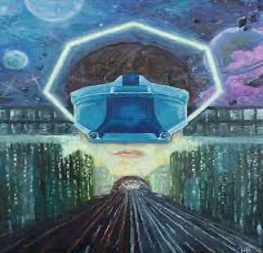Summary of Socrates’ Allegory of the Cave
In Plato’s Republic, Socrates uses the cave allegory to emphasize the distinction between knowledge and opinion and the importance of philosophical reasoning. The allegory depicts a group of prisoners imprisoned in a cave since birth. They cannot move or turn, and all they can see in front of them is a wall. Behind the captives is a fire, and there is a passage where people walk and carry objects, casting shadows on the wall in front of the prisoners as they do so.
The captives name the shadows because they believe they are the actual objects and this is the only world they know. They do not realize that the shadows are only projections of reality and that there is a world outside the cave. One of the inmates is eventually released and made to leave the cave. The sunshine initially causes the prisoner to become blind and disoriented, but the children soon become used to the brightness and understand reality. The prisoner returns to the cave to tell the other inmates about this information, but they do not accept it and are stuck in their delusion.
Modern Interpretation of the Allegory
This allegory can be retold in the modern era, wherein a virtual reality headset represents the cave in a contemporary interpretation of the allegory. The prisoners are psychologically bound to the VR headset they are wearing rather than being physically tied. They have no idea they are interacting with a virtual reality in which everything they see and feel has been fabricated.
The virtual reality environment might be made to be very immersive, with realistic graphics and cutting-edge AI. The inmates had access to social media, games, online shopping, and interactions with other virtual characters. They would be engrossed in the virtual world, oblivious to the real world outside of it.
One of the inmates eventually removed the VR headset and entered the outside world. The brightness and intricacy of the outside world initially threw them off and overwhelmed them. But when they started to acclimate, they understood that their previously inhabited environment was a constrained and fabricated image of reality.
In this contemporary rendition of Plato’s allegory of the cave, the former prisoner who had encountered the actual world outside of the virtual reality setting decides to assist their fellow prisoners in leaving the cave. They put on the VR headset once more and enter the virtual reality environment, where they try to convince the other inmates that they are deluded and that the outside world is better.
The other prisoners disagree with this idea because they have only ever experienced virtual reality. They fear losing the only reality they are familiar with and cannot imagine a world other than their virtual existence. Because of their dread of the unfamiliar and the odd, they are unwilling to accept the thought that there may be a better world outside.
Therefore, the ex-prisoner describes the outside world’s sights, sounds, and smells to persuade the other convicts. They describe how the real world is more varied and complex than the limited and artificial reality they have been exposed to. However, the other detainees still hesitate to leave their virtual reality environment.
Finally, the ex-prisoner makes a drastic decision. Many detainees were forced to remove their VR headsets to be exposed to the outside world. These inmates are initially terrified and overwhelmed by the novel experience, but they soon get used to it and come to terms with the limitations of virtual reality.
Plato’s allegory of the cave has been given a contemporary interpretation that cautions against being overly dependent on technology and highlights the importance of questioning the validity of our perceptions. It raises concerns about how technology shapes how we understand the world and the consequences of relying too heavily on virtual interactions. It also highlights the importance of critical thinking and learning new things, even when they go against our preconceived ideas and worldviews.

